Buy the photo Joseph's Cross - Iron poetry over the Harz Mountains by Fototante on canvas, ArtFrame, poster and wallpaper, printed on demand in high quality.
About "Joseph's Cross - Iron poetry over the Harz Mountains"
by Fototante
About the artwork
Like a filigree giant from another time, the Joseph's Cross in the southern Harz rises into the deep blue sky - bold, clear, almost surreal. This majestic steel latticework cross is not a sacred symbol in the traditional sense, but a technical masterpiece from the turn of the century that rises above the treetops of the Großer Auerberg. At 38 metres high, it is considered the largest double cross in the world - and yet its open, permeable construction carries an almost floating lightness.
The photograph captures the Joseph's Cross at a moment when it almost seems to be flying: the steel-blue sky without a cloud, the striking cross in organised symmetry - a composition of technology and light, of human ideas and heavenly expanse. A vapour trail on the horizon breaks the austerity of the picture like a fleeting thought. The building is reminiscent of Eiffel's architectural thinking - no coincidence, as the current form was actually built by a pupil of Gustave Eiffel in 1896.
The first wooden cross originally stood on this site in 1834, but was destroyed by a lightning strike. Today's construction, made of over 100 tonnes of steel, is not only a monument to the art of engineering, but also a popular vantage point. Those who climb the 200 steps are rewarded with a panoramic view over the southern Harz Mountains - on a clear day, the view extends as far as the Brocken.
This motif is ideal for modern wall art - especially in portrait format prints on acrylic glass or aluminium dibond. It appeals to architecture enthusiasts, Harz travellers and lovers of technical aesthetics alike. A picture that radiates clarity, symbolism and tranquillity - and invites you to linger.

About Fototante
I have always enjoyed photography. Even when I was young, I took photos with the Beirette. It even happened to me once that I inserted a film twice ... and the photos I took were very interesting.
I then bought my digital SLR camera in 2014. The first photos..
Read more…
 Netherlands
Netherlands Ordered in September 2021
Ordered in September 2021
 Netherlands
Netherlands Ordered in November 2024
Ordered in November 2024
 Netherlands
Netherlands Ordered in January 2024
Ordered in January 2024
 Germany
Germany Ordered in May 2021
Ordered in May 2021
 Germany
Germany Ordered in August 2023
Ordered in August 2023
 Germany
Germany Ordered in November 2024
Ordered in November 2024
 Netherlands
Netherlands Ordered in July 2019
Ordered in July 2019
 Netherlands
Netherlands Ordered in February 2025
Ordered in February 2025
 Germany
Germany Ordered in April 2019
Ordered in April 2019
 Netherlands
Netherlands Ordered in August 2018
Ordered in August 2018
 Germany
Germany Ordered in December 2021
Ordered in December 2021
 Germany
Germany Ordered in November 2020
Ordered in November 2020
About the material
ArtFrame™
Interchangeable Art Prints
- High-quality print
- Easily interchangeable
- Acoustic function
- Large sizes available
Discover the artworks of Fototante
 Magical starlight over the quiver tree forestFototante
Magical starlight over the quiver tree forestFototante Sea of stars over the landscape - Milky Way panorama on a clear summer nightFototante
Sea of stars over the landscape - Milky Way panorama on a clear summer nightFototante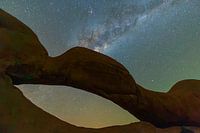 Milky Way at the FelsenbogeMilky Way over the rock arch at SpitzkoppeFototante
Milky Way at the FelsenbogeMilky Way over the rock arch at SpitzkoppeFototante Ripe cherries in early summer - enjoying nature at the edge of the fieldFototante
Ripe cherries in early summer - enjoying nature at the edge of the fieldFototante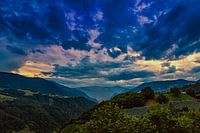 Dramatic thunderstorm atmosphere in the Tiers ValleyFototante
Dramatic thunderstorm atmosphere in the Tiers ValleyFototante Milky Way meets history - starry sky above an old millFototante
Milky Way meets history - starry sky above an old millFototante Lone sentinel under the stars - tree and Milky Way in the Kyffhäuserkreis districtFototante
Lone sentinel under the stars - tree and Milky Way in the Kyffhäuserkreis districtFototante Magical northern lights over LaplandFototante
Magical northern lights over LaplandFototante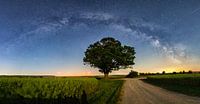 Magic tree under the Milky WayFototante
Magic tree under the Milky WayFototante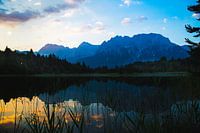 Magical sunrise at Lake Luttensee after a night under the starsFototante
Magical sunrise at Lake Luttensee after a night under the starsFototante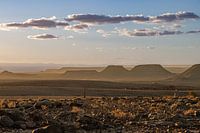 Evening atmosphere at the Fish River Canyon, NamibiaFototante
Evening atmosphere at the Fish River Canyon, NamibiaFototante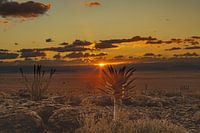 Last light - sunset in the vastness of NamibiaFototante
Last light - sunset in the vastness of NamibiaFototante Stone gate - rock arch in the Namibian desertFototante
Stone gate - rock arch in the Namibian desertFototante Quiet moments in the desert - Dunestar Lodge, NamibiaFototante
Quiet moments in the desert - Dunestar Lodge, NamibiaFototante Majestic dune in the Namib Desert near SossusvleiFototante
Majestic dune in the Namib Desert near SossusvleiFototante Desert in flames - sunset at the Dune Star LodgeFototante
Desert in flames - sunset at the Dune Star LodgeFototante Enchanting Edmundsklamm gorge in autumn lightFototante
Enchanting Edmundsklamm gorge in autumn lightFototante Moose feeding - A quiet moment in the Nordic wildernessFototante
Moose feeding - A quiet moment in the Nordic wildernessFototante Wild garlic blossom in spring light - close-up of a white wild plant in the forestFototante
Wild garlic blossom in spring light - close-up of a white wild plant in the forestFototante Cowbells in the golden backlight - Spring dance in the meadowsFototante
Cowbells in the golden backlight - Spring dance in the meadowsFototante
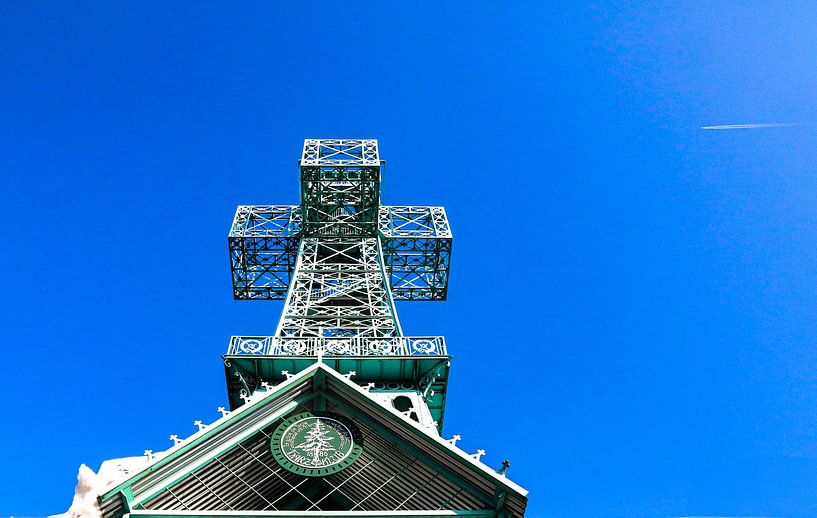












 Architecture
Architecture Bedroom
Bedroom Germany
Germany Harz Mountains
Harz Mountains Photo wallpaper
Photo wallpaper Photography
Photography Powerful Expression
Powerful Expression Serene Peace
Serene Peace









